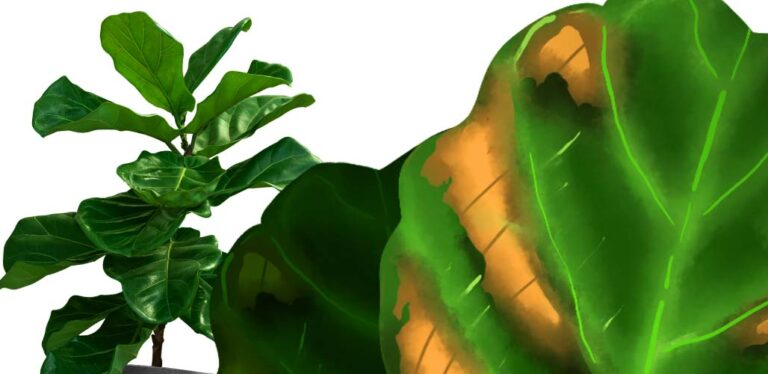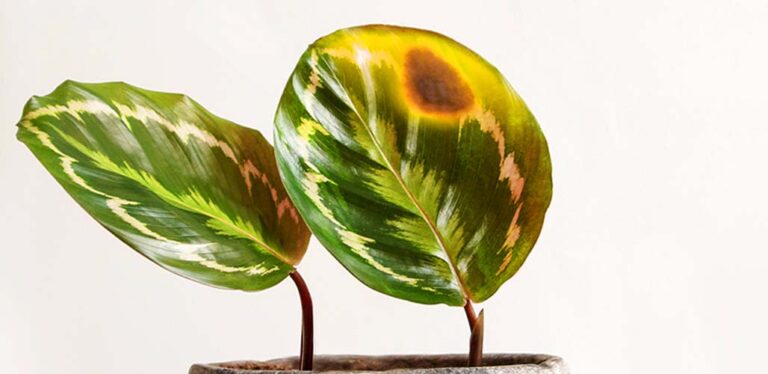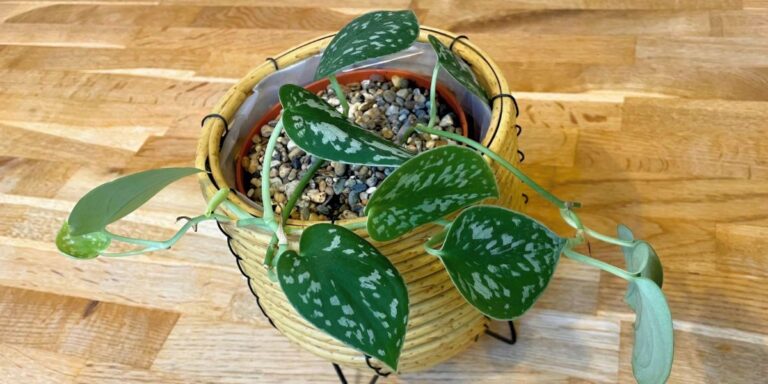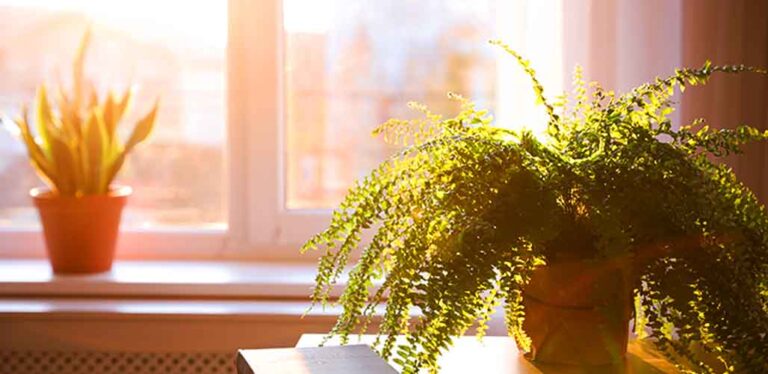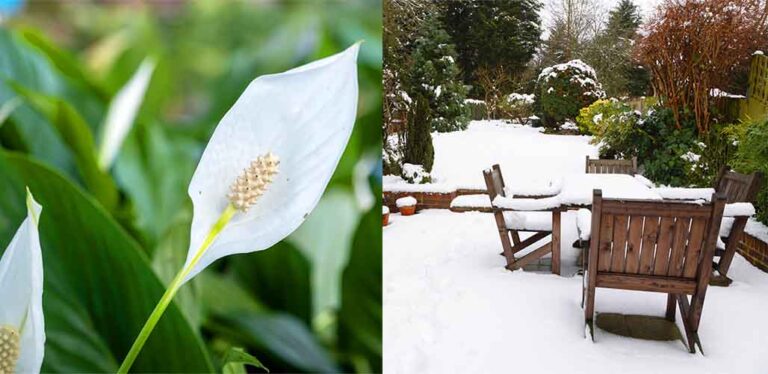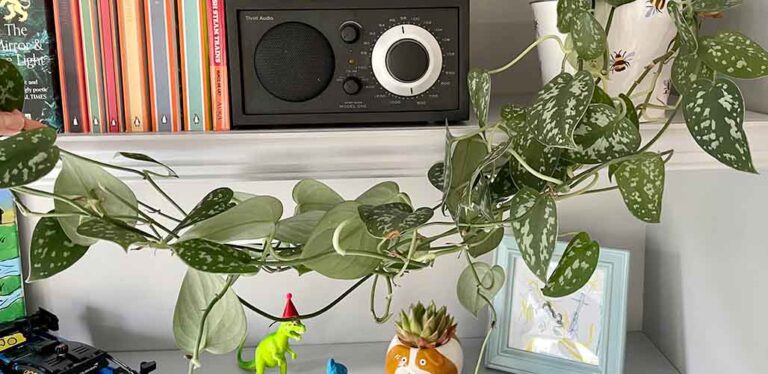Begonia Amphioxus: A Complete Guide
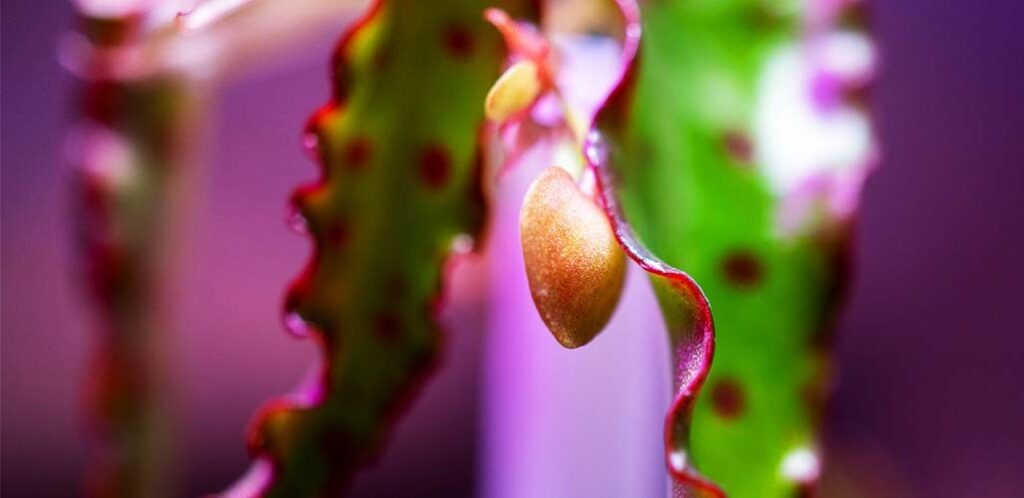
Begonia amphioxus is a tropical begonia species with distinctive elongated red-and-green leaves. It has a compact, shrubby habit, which is ideal for confining it to a terrarium. This sensitive plant doesn’t like being moved, so it’s a good idea to set it up right, set it up once, and then just leave it in peace to grow away! This unusual houseplant has an intimidating reputation for being difficult to keep alive, so I’m going to use my own growing experiences to make it as simple as possible for you!
Contents
- What is begonia amphioxus?
- How big do they grow?
- How to care for begonia amphioxus
- Is this plant poisonous?
- Buying and propagating amphioxus begonia
- Care – pests and diseases
- Before-you-buy checklist
If the name begonia sounds familiar, that’s hardly surprising – the begonia family of plants is the 6th largest genus on Earth and includes over 1800 species! But this one still manages to to be completely unique and rather special. Let’s find out why!
What is begonia amphioxus?
Amphioxus is one of the tropical begonias. It’s relatively new on the houseplant scene – its discovery and taxonomy were first recorded in a botanical journal in 1990. That said, the residents of Borneo, where it grows as a native wild plant, would have been familiar with it long before then!
This plant has several distinctive features:
- It grows on red-tinted ‘cane stems’. Cane stems have distinct sections, like bamboo.
- The leaves are exceptionally long and narrow, and pointed at both ends.
- The edges of the leaves are ragged and outlined with a deep red border.
- And inside the leaves are bold red spots, on a green background.
Due to their spots, begonia amphioxus are also sometimes called polka dots. But traditionally this name is more associated with white spots on leaves – as seen on the various cultivars of begonia maculata.
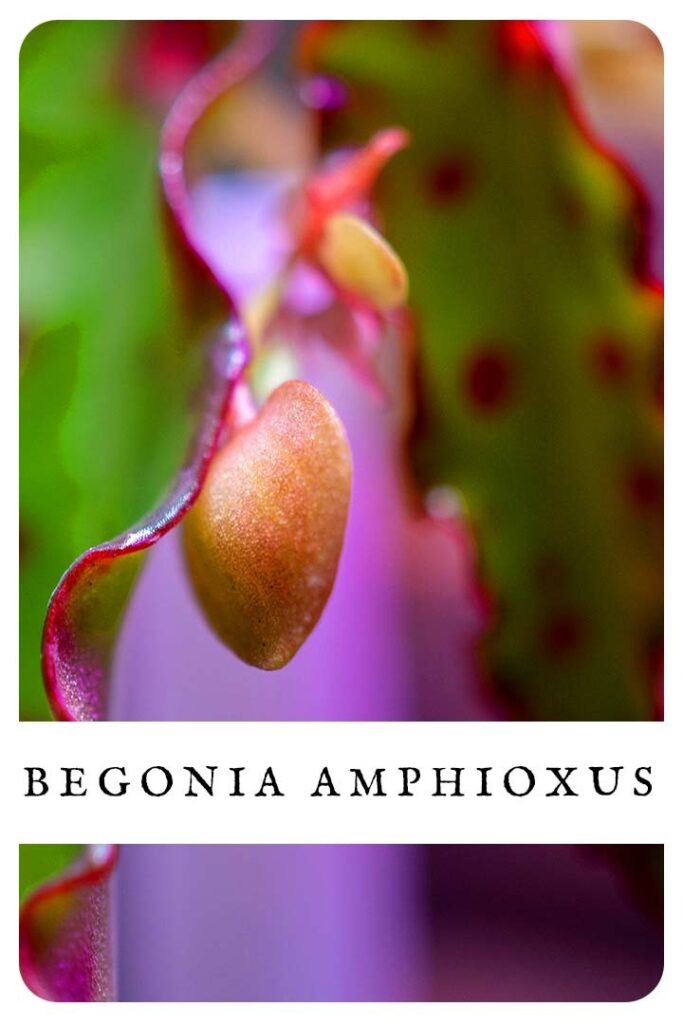
Begonia amphioxus are often described as air-purifying. But unfortunately the cleansing abilities of houseplants are something of a myth. Whilst some plants remove toxins such as pollutants from the air in small sealed chambers under laboratory conditions, their effect on the air in a normal room is negligible.
How to pronounce ‘begonia amphioxus’
Do you ever feel like the biggest obstacle to getting something is the potential embarrassment of misnaming it or not being understood in the store? Well here you go:
Beg-OH-nee-ah am-FEE-ox-us
But this species is also known as the butterfly begonia, so you can always use that instead!
How big do begonia amphioxus grow?
In perfect conditions, they can reach up to 20 inches tall. But in most homes they rarely exceed 12 inches. Since they also bush out to approximately 12 inches wide, this actually produces a very attractive, compact result.
An advantage of growing on cane-like stems is that if you’d like to confine your plant to a small terrarium or a particular spot on a shelf, it’s easy to snip off excess growth section-by-section, using a clean, sharp pair of scissors.
Does a butterfly begonia have flowers?
In their native habitat this plant produces small, unshowy flowers all year round. As houseplants, they may also flower occasionally if conditions are really favorable. But they’re unlikely to bloom profusely. Luckily, their foliage is show stopping on its own, so this doesn’t really matter!
Choosing a pot and substrate
Amphioxus have a reputation for being a bit of a diva to look after. They are fussy about watering and feeding, they dislike being disturbed, and they prefer an environment which is quite different to the conditions inside an average home. Which is why it’s rare for them to reach full size as a houseplant. But that’s not to say that you can’t achieve a fine-looking smaller plant, with a bit of attention to detail.
As a rule of thumb, container plants need a pot which is about the same height as them. This gives them enough space for their roots, and it also just happens to look pleasing and nicely proportioned too. Since amphioxus it being disturbed, it’s a good idea to plant them directly into a pot about 10-12 inches tall from the outset. Then wait for them to fill the pot, rather than starting them in a smaller pot and repotting them as they get bigger. We’ve got a handy tip for creating a bigger plant quicker, a bit later.
When the first butterfly begonias were imported to the United Kingdom from Borneo, botanists at Kew Gardens also reported that they made attractive plants in hanging baskets too. However, they have large tropical glasshouses at Kew. Assuming you don’t, you’ll need to consider whether you have a room with the right balance of temperature and humidity before you grow this plant in a hanging container.
Begonia amphioxus likes rich, well drained soil. The pH ought to be 6.1 to 7.5. That is, neutral to slightly acidic. You can buy pre-prepared houseplant compost in stores, or make your own by mixing 2 parts sifted home made compost with 1 part grit or perlite. Experienced growers report that this variety has a habit of defoliating, or dropping all its leaves, when it is moved or repotted (we told you it’s a diva!). If you spot your new plant dropping leaves don’t panic – they should regrow once your plant settles in.
How much light does begonia amphioxus need?
In their native habitat, they are understory shrubs, which grow in the dappled shade beneath the canopy of taller trees. This is far from a dark environment, but it is shaded from the full glare of the sun. In our homes, this plant needs bright, indirect light. Which means it should be bright enough that you could read a newspaper without artificial light, but not in direct sunlight for more than two hours a day. Too much direct sunlight will cause their leaves to scorch and die off.
In the northern hemisphere:
- A spot a few feet from a south facing window might work. As might a south facing window sheltered by a tree outside or window shades.
- East and west facing windows are usuallyideal.
- But north facing windows are usually too dark.
To their credit, begonia amphioxus do seem to do well under fluorescent lighting, so they are also well suited to a terrarium in an office, for example. (But they are unlikely to enjoy an open pot, if the office is air conditioned).
Watering your butterfly begonia
Some plants are forgiving of a bit of neglect. At the other end of the spectrum is the begonia amphioxus. Moisture inside their pot needs to be kept consistently perfect, or they simply die in protest. They do not tolerate drying out, nor standing in waterlogged soil. To complicate matters further, they also have an extreme dislike of water droplets sitting on their leaves. And naturally, they despise tap water. So:
Collect rainwater for your plant whenever possible.
Water carefully at the base of the plant, or gently transfer their pot to a dish of water for 20-30 minutes.
Water early in the day, so any water which splashes onto their leaves evaporates quickly.
Repeat when a dry crust about half an inch to an inch deep has formed on the surface of the soil.
Food and fertilizer
Plant nurseries recommend feeding your plant once a month in summer, and once every three months in winter. Too much fertilizer in the soil can damage their roots, so always dilute plant feed accurately, and err on the side of under feeding rather than over feeding.
Getting temperature and humidity right
Butterfly begonias need warmth. The minimum temperature they can tolerate is 50f, and the maximum they can handle is 80f. Somewhere between 60 and 70f is most comfortable, but equally important is avoiding big fluctuations in temperature.
Perhaps the trickiest aspect of getting the environment right is controlling humidity. They like a high level of humidity – much higher than most of us have at home if we don’t want to end up with black mold! Since they also dislike water sitting on their leaves, it’s not as simple as misting them to increase humidity. Instead, consider keeping one in your bathroom, or in a terrarium to create their own little micro-climate. Here are three more good reasons to grow an amphioxus in a terrarium, and a couple of pitfalls to watch out for:
- Terrariums tend to warm up a little more than the environment around them, and hold onto that warmth a little longer at the end of the day.
- Leaves are fragile, and growing in a terrarium protects them from being knocked or snapped.
- At the time of writing, terrariums are achingly cool, and competitively priced compared to glazed pot covers.
But:
- You’ll need to be extra careful about watering in a terrarium, since overwatering is hard to undo.
- Terrariums are made of glass, which is sharp and dangerous if smashed.
Is an amphioxus begonia poisonous?
Yes. It is beautiful, but it contains high quantities of poisonous chemicals such as oxalates. Keep it out of reach of dogs and cats who might be tempted to try chewing its leaves.
Buying and propagating amphioxus begonia
In their native locations, wild examples self seed freely to produce new plants. Anywhere else, they are more easily grown by taking cuttings. Since they are fussy and don’t travel well, it’s unusual to find begonia amphioxus for sale in stores. The best ways to get hold of one are to take a cutting from a friend’s plant, or order online from a specialist nursery.
Once your plant is established, you can take cuttings from the longest stems, and poke them into the soil around the base of the mother plant. They will root into the soil, and give you a bushier plant faster. Once the pot is full, grow further cuttings on in new pots and gift them to friends and family.
Care – pests and diseases
The main problem which affects begonia amphioxus is discontent. They really don’t like it if the soil, light, humidity, or amount of water they’re getting is less than perfect. Other non-care related problems include powdery mildew, bacterial leaf spot, and parasites such as thrips, aphids and spider mites. Mildew and leaf spot can be treated by cutting away affected leaves, giving the plant a feed, and hoping for the best. Insects can be gently washed off, or treated with chemical repellants.
Before-you-buy checklist
Before you rush out to buy one, double check your chances of keeping it alive, using this checklist:
- Do you have a spot in bright indirect light? These are the goldilocks zones in our homes for lots of types of houseplants, and they do tend to get crowded. Don’t expect them to be the plant which settles for a consolation location!
- How will you provide enough humidity? Begonia amphioxus won’t like being disturbed and moved around whilst you get this right. It’s better to invest in a terrarium from the outset if the general humidity in your home is too low.
- Can you remember to water this plant like clock work? Watering it only when you remember, and letting it dry right out in between soakings will kill it very quickly.
If you’re happy with all of this, then a this is sure to be an eye catching improvement to your home!
Summary
Begonia amphioxus are unusual to look at, and unusual to find. They are fussy about what conditions they will grow in, so if you can get one established, it’s best to just leave them be and enjoy them without moving them or repotting them any more than necessary. Most people acquire one by ordering online from a specialist plant nursery. But if you have the gift for keeping them alive, you’ll be able to multiply your collection easily by taking stem cuttings.
5 more indoor begonias to try
- Polka dot
- Ferox
- Strawberry
- Beleaf
- Rex macedonica
Readers also enjoyed
- How Long Does A Tradescantia Live
- Top Tips For Turning Calathea Yellow Leaves Green
- White Star Calathea
- Fiddle Leaf Fig Sunburn
- Tips for Growing Miracle Lemony Hostas
References
- Cummings & Waring. Potted plants do not improve indoor air quality: a review and analysis of reported VOC removal efficiencies. Journal of Exposure Science & Environmental Epidemiology. 2020.
- Kiew et al. The Limestone Begonias of Sabah, Borneo – Flagship Species for Conservation. Gardener’s Bulletin Singapore. 2001.
- Moonlight et al. Dividing and conquering the fastest–growing genus: Towards a natural sectional classification of the mega–diverse genus Begonia (Begoniaceae). Taxon. 2018.
- Sands. Six new begonias from Sabah. The Kew Magazine. 1990.

